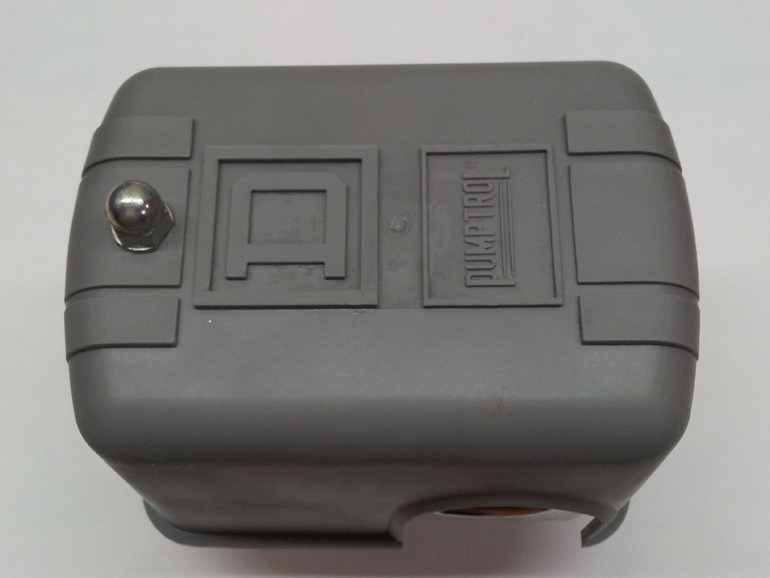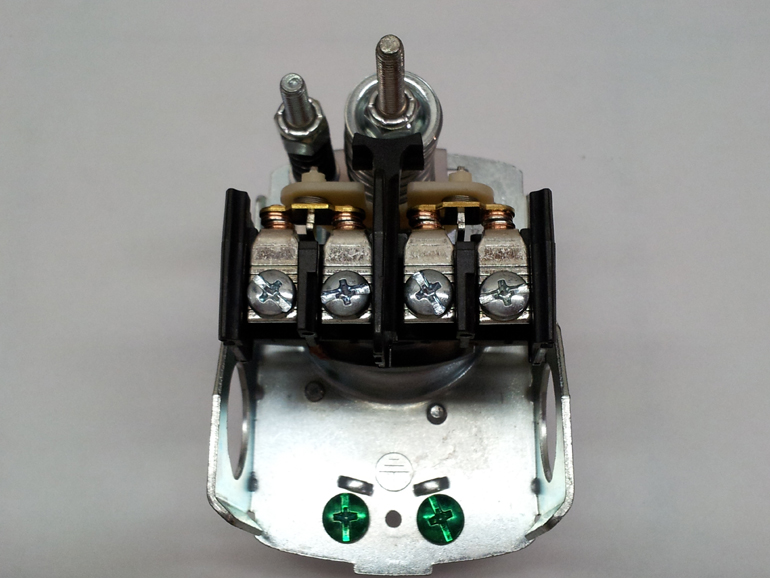We have been getting a lot of customer calls concerned with adjusting their well pump pressure switch and making sure the pressure switch is in good condition.
First off, I would just like to start with what a pressure switch does. A pressure switch is the mechanism that will turn on and turn off the well pump based on the pressure in the water system. Most switches we use are 40-60 switches, meaning that the switch will activate your pump to turn on when the water pressure lowers to 40 lbs. and will kill power to your pump when the water pressure reaches 60 lbs. These switches can be bought in a number of different factory settings such as 20-40, 30-50, and can also be easily adjusted. The most common manufacturer is Square D.

You will notice in the below pictures a main or larger center spring and a smaller spring to the left. The larger center spring will adjust both the cut in and cut off pressure. If you turn the spring clockwise it will raise the cut in and cut off pressure. If you turn the spring counter clockwise you will decrease both the cut in and cut off pressure. For example if you have a 30-50 switch and you turn the larger spring clockwise you will have a 35-55 switch.

First, always make sure you have the power turned off. Make sure that the switch is clean and that the wire ports are sealed. You would be amazed how many times we find a bug or spider crawled into the points preventing the pump to get power. Make sure the wiring connections are good and tight. With age and use the wires may become loose or even broken. The biggest thing to look for is the points. These look like small watch batteries or discs the color of silver and brass. Make sure they look clean and shiny. If the pump has been rapid cycling or over cycling they will become black, rough looking, and or pitted looking. When this happens you may not be getting a solid connection when the system pressure calls for water.
We hope this info helps, there is more to the topic but this is a good start and if you have more questions we are always happy to help over the phone or send out a pump service technician.
